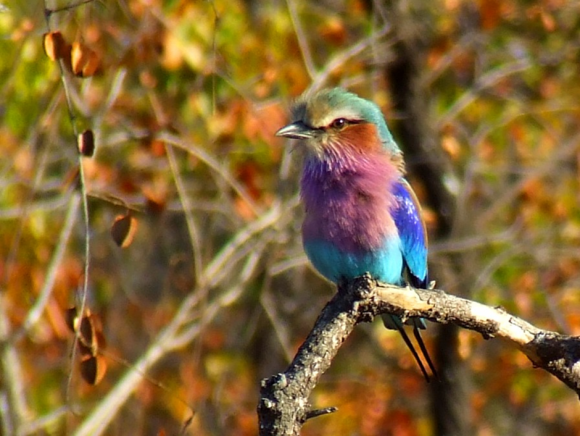12 September 2016 | By Stefan Foord
A study by C·I·B core team member Stefan Foord and co-author, Ansie Dippenaar-Schoeman (Agricultural Research Council) in the Cederberg mountains of the Western Cape, points to the remarkable ability of spiders to respond to changes in the environment.
Anyone that has ever taken a hike over mountains has noticed how it gets warmer as one walks down. The different temperatures across a mountain range are home to a variety of plants and animals – each adapted to live at a specific temperature.
However, in the light of future climate change, scientists need to understand how changes in the temperature will affect species diversity. The study by Foord and Dippenaar-Schoeman, which was published in the Journal of Biogeography, examined how the diversity of spiders changes across a mountain range.
Data for this study were collected with pitfall traps over 6 years (2004–2009) from 17 sites set out at different heights. A total of 10 094 spiders from 178 species were caught during the 6-year study. They found that 65% of the spider species in this study are endemic to South Africa and that four of the five most abundant species occur nowhere else but the Western Cape province.
“Our study suggests that spiders are good indicators of change, partly because of their excellent ability to colonize new areas and because of their sensitivity to changes in temperature, says Stefan Foord. He adds, “Future research should focus on unraveling the role of another important driver of change in spider communities – habitat structure.”
Interestingly, the majority of the most abundant and widely distributed species in this study were endemic to the region. This contrasts with what other studies have found for the rest of the country, where endemics had restricted distributions and had very low abundances.
“Levels of spider endemicity in this study are comparable to that of the plants of the Fynbos biome and four of the five most abundant species were endemic to Western Cape province” said co-author Ansie Dippenaar-Schoeman, “the study uncovered several species new to science and so far ten have already been described.”
Read the paper published in the Journal of Biogeography
For more information, contact Stefan Foord at Stefan.Foord@univen.ac.za




